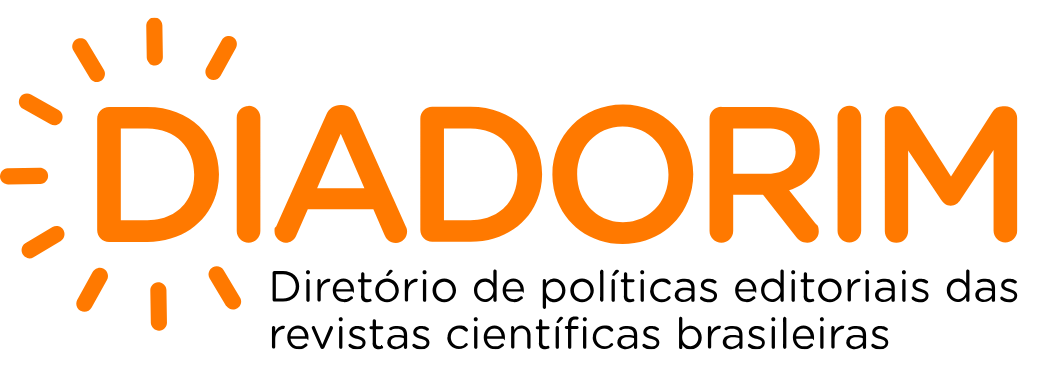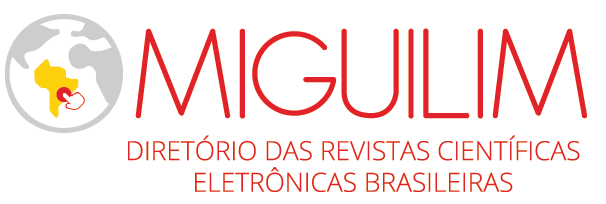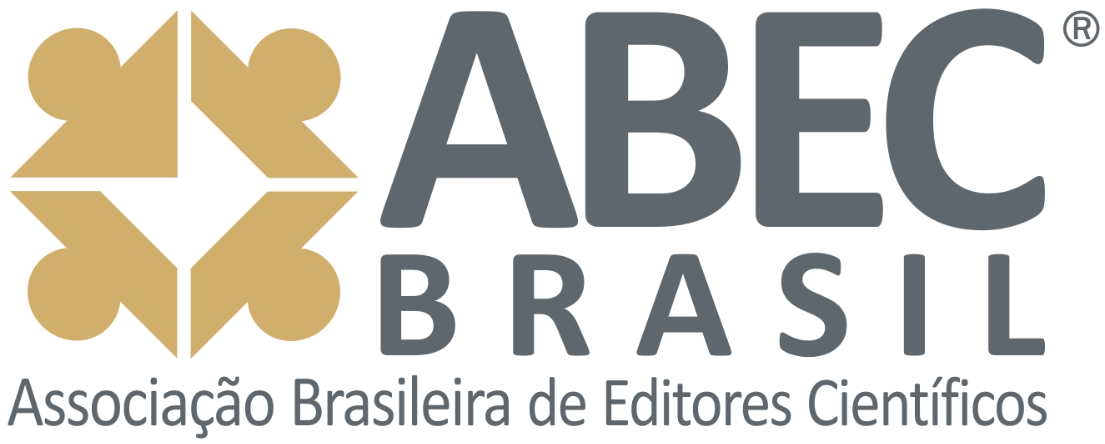Rosemary and its main phytotherapy effects with impact on chronic headache: integrative study of an unconventional therapy for human health
DOI:
https://doi.org/10.62331/2965-758X.v1.2023.34Keywords:
Headache, Medicinal plants, RosmarinusAbstract
The medicinal plant Rosmarinus officinalis L., commonly known as rosemary, is recommended by folk medicine for the use of rosemary leaves to reduce headaches, migraines, inflammatory processes and other symptoms. The aim of the study was to gather the main scientific data on the phytotherapy effects of rosemary with an impacton chronic headaches. An integrative review was carried out on the phytotherapy effects of rosemary. The Virtual Health Library, Latin American and Caribbean Literature on Health Sciences, PubMed and SciELO databases were used to collect scientific data. The search for articles in the databases was carried out using the descriptors extracted from DeCS/MeSH "Headache" (D006261); "Medicinal plants" (D010946); "Rosmarinus" (D027542), together with the Boolean operators "AND and OR". 2,618 articles were identified in the databases, but only 5 articles were selected for research according to the study's inclusion criteria. Rosemary has significant effects, with prevalent findings for the treatment of chronic headaches, as well as being used for other therapeutic purposes such as analgesics and anti-inflammatories. It can be concluded that the use of the natural product Rosmarinus officinalis L. has numerous benefits for human health, especially for chronic headaches, as long as there is knowledge of how to harvest and use it.
References
Melhado EM, Santos PSF, Kaup AO, da Costa ATNM, Roesler CAP, Piovesan ÉJ, et al. Consenso da Sociedade Brasileira de Cefaléia (SBCe) para o tratamento profilático da migrânea episódica: parte I. Arq Neuropsiquiatr. 2022; 80(8):845-861. https://doi.org/10.1055/s-0042-1756441
Headache Classification Committee of the International Headache Society (IHS) The International Classification of Headache Disorders. 3rd edition. Cephalalgia. 2018; 38:1-211. https://doi.org/10.1177/0333102417738202
Thorlund K, Toor K, Wu P, Chan K, Druyts E, Ramos E, et al. Comparative tolerability of treatments for acute migraine: a network meta-analysis. Cephalalgia. 2017; 37(10):965-978. https://doi.org/10.1177/0333102416660552
Buse DC, Greisman JD, Baigi K, Lipton RB. Migraine progression: a systematic review. Headache. 2019; 59(3):306-338. https://doi.org/10.1111/head.13459
Biyajima M, Satoh S, Morikawa T, Morita Y, Watanabe R, Matsui D, et al. Bromisoval-induced bromism with status epilepticus mimicking Wernicke's encephalopathy: report of two cases. BMC Neurol. 2022; 22:181. https://doi.org/10.1186/s12883-022-02712-3
Katsuki M, Yamagishi C, Matsumori Y, Koh A, Kawamura S, Kashiwagi K, et al. Questionnaire-based survey on the prevalence of medication-overuse headache in Japanese one city-Itoigawa study. Neurol Sci. 2022; 43(6):3811-3822. https://doi.org/10.1007/s10072-021-05831-w
Silberstein SD. Preventive migraine treatment. Continuum (Minneap Minn). 2015; 21(4):973-989. https://doi.org/10.1212/CON.0000000000000199
Global Burden of Disease. The Global Burden of Disease: a critical resource for informe policymaking. GBD, 2022. Disponível em: https://www.healthdata.org/gbd/about
Boyd A, Bleakley C, Hurley DA, Gill C, Hannon-Fletcher M, Bell P, et al. Herbal medicinal products or preparations for neuropathic pain. Cochrane Database Syst Rev. 2019; 4(4):CD010528. https://doi.org/10.1002/14651858.CD010528.pub4
Brasil. Ministério da Saúde. Secretaria de Atenção à Saúde. Departamento de Atenção Básica. Práticas integrativas e complementares: plantas medicinais e fitoterapia na Atenção Básica/Ministério da Saúde. Secretaria de Atenção à Saúde. Departamento de Atenção Básica. 3– Brasília: Ministério da Saúde, 2012. 156 p. Disponível em: https://bvsms.saude.gov.br/bvs/publicacoes/praticas_integrativas_complementares_plantas_ medicinais_cab31.pdf
Pissolato LP, Pissolato LP, Palata AV, Ribeiro GHR, de Sousa UR, Mezanini MB, de Souza MM, Ramos RR
Brasil. Ministério da Saúde. Medicamentos fitoterápicos e plantas medicinais. Agência Nacional de Vigilância Sanitária - Anvisa, Ministério da Saúde. 2020. Disponível em: https://www.gov.br/anvisa/pt-br/assuntos/medicamentos/fitoterapicos
Ribeiro DA, Macêdo DG, Oliveira LGS, Saraiva ME, Oliveira SF, Souza MMA, et al. Potencial terapêutico e uso de plantas medicinais em uma área de Caatinga no estado do Ceará, nordeste do Brasil. Rev Bras Plantas Med. 2014; 16(4):912-930. https://doi.org/10.1590/1983-084X/13_059
Amaral SM, Carvalho LQC, Pereira NACS, Sousa Sobrinho MF, Sousa Sobrinho MK, Santos LDL, et al. Alecrim (Rosmarinus officinalis): principais características. Revista de Casos e Consultoria. 2021; 12:e24651. Disponível em: https://periodicos.ufrn.br/casoseconsultoria/article/view/24651
Rodrigues AG, de Simoni C. Plantas medicinais no contexto de políticas públicas. Informe Agropecuário. 2010; 31(255):7-12. Disponível em: http://www.cecs.unimontes.br/biblioteca_virtual/detalhardoc.php?id=3484&pg=7&&&&tipo=artigos&menu=demaat
Shamseer L, Moher D, Clarke M, Ghersi D, Liberati A, Petticrew M, et al. Preferred reporting items for systematic review and meta-analysis protocols (PRISMA-P) 2015: elaboration and explanation. BMJ. 2015; 350:g7647. https://doi.org/10.1136/bmj.g7647
OLIVEIRA, J.R.; CAMARGO, S.E.A.; OLIVEIRA, L.D. Rosmarinus officinalis L. (rosemary) as therapeutic and prophylactic agent. J Biomed Sci v.26, n.5, p.1-22, 2019. Disponível em: https://doi.org/10.1186/s12929-019-0499-8
de Oliveira JR, Camargo SEA, de Oliveira LD. Rosmarinus officinalis L. (rosemary) as therapeutic and prophylactic agent. J Biomed Sci. 2019; 26:5. https://doi.org/10.1186/s12929-019-0499-8
Macedo LM, Santos ÉM, Militão L, Tundisi LL, Ataide JA, Souto EB, et al. Rosemary (Rosmarinus officinalis L., syn Salvia rosmarinus Spenn.) and its topical applications: a review. Plants. 2020; 9(5):651. https://doi.org/10.3390/plants9050651
Ghasemzadeh Rahbardar M, Hosseinzadeh H. Therapeutic effects of rosemary (Rosmarinus officinalis L.) and its active constituents on nervous system disorders. Iran J Basic Med Sci. 2020; 23(9):1100-1112. https://doi.org/10.22038/ijbms.2020.45269.10541
Frimpong EK, Asong JA, Aremu AO. A review on medicinal plants used in the management of headache in Africa. Plants (Basel). 2021; 10(10):2038. https://doi.org/10.3390/plants10102038
Faridzadeh A, Salimi Y, Ghasemirad H, Kargar M, Rashtchian A, Mahmoudvand G, et al. Neuroprotective potential of aromatic herbs: rosemary, sage, and lavender. Front Neurosci. 2022; 16:909833. https://doi.org/10.3389/fnins.2022.909833
Veenstra JP, Johnson JJ. Rosemary (Salvia rosmarinus): Health-promoting benefits and food preservative properties. Int J Nutr. 2021; 6(4):1-10. Disponível em: https://pubmed.ncbi.nlm.nih.gov/34651071/
Downloads
Published
How to Cite
Issue
Section
License
Copyright (c) 2023 Biosciences and Health

This work is licensed under a Creative Commons Attribution 4.0 International License.









